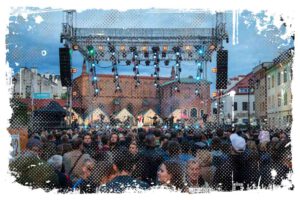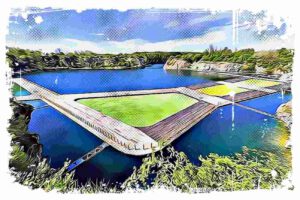If you ever find yourself in the Podgórze district of Krakow, I can tell you that you’d be stepping into a piece of history, more precisely – the place that was once known as the Krakow Ghetto during the German occupation. Starting from March 3, 1941, a staggering 17,000 Jews were packed into 320 buildings within the Ghetto.

If you can imagine, at first, a mere barbed-wire fence was the barrier, but in April, they began building walls around the district. The striking aspect, I believe, is that these walls were built to resemble Jewish gravestones, known as matzevot. Fast forward to the present, several pieces of these Krakow ghetto walls still stand.
- You probably also should read and see pictures here: Krakow Ghetto – A Journey Through the Shadows of World War II
I’m convinced you’re wondering, „where exactly was this Krakow ghetto located?” Well, the mastermind behind the creation of the Krakow ghetto was Otto Wächter, a top-ranking SS official and governor of the Krakow district in the General Government, who was also a strong supporter of creating a division of the SS composed of Ukrainian volunteers.
So where was Kraków Ghetto situated? The boundaries of the Krakow ghetto were defined by today's streets or fragments of streets including Brodzińskiego, Dąbrowskiego, Józefińska, Krakusa, Kącik, Limanowskiego, Lwowska, and several others. Interestingly, you could only enter the ghetto area through four gates. One peculiar thing, though, was that the windows of the ghetto buildings facing the "Aryan" side were bricked up.

The Heart of the Krakow Ghetto – Heroes’ Square
Now, let me explain – one of the most significant places in the Krakow ghetto was the Ghetto Heroes’ Square, formerly known as pl. Zgody. In this square, you could see a unique arrangement of cobblestones left as a reminder of its history.
↳ Make sure to read my guide to the most amazing places to stay in Kraków:
How to Find Best Place to Stay in Krakow Old Town – Your Guide
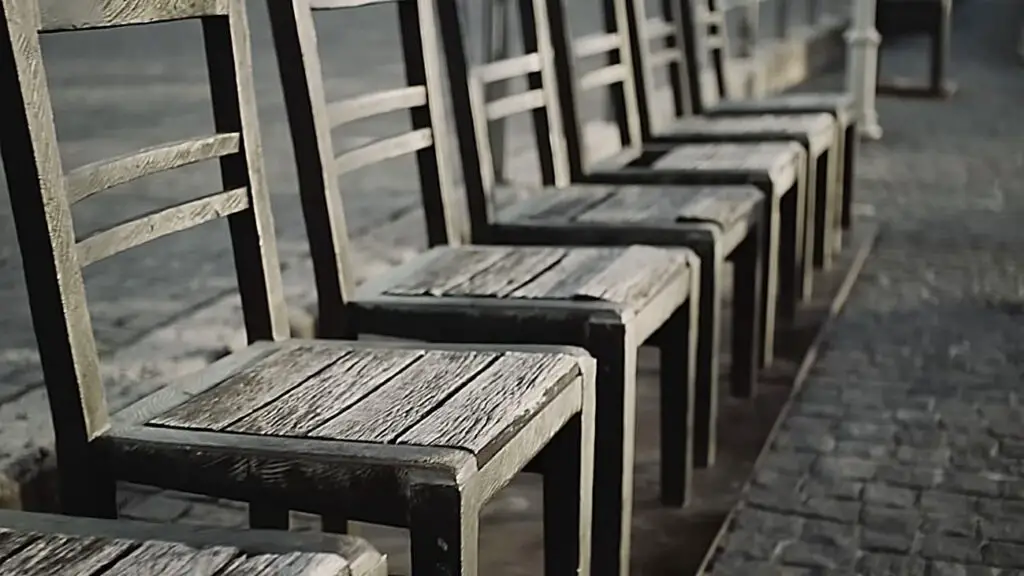
The square housed a police station, and it was here where the segregation before deportation took place. This place saw both the first and the last selection in the Krakow ghetto, and was also the location of the famous „Apteka pod Orłem” Pharmacy.
If you want to see the remaining pieces of the ghetto walls, there are two spots in particular where fragments are preserved – a testament to a time that was.

The first spot is behind the building at Limanowskiego 60 Street, today’s XLIII general secondary school. In the past, the walls of this school were turned into a warehouse of seized Jewish property. To see this piece of history, all you need to do is take a left into a small park at the entrance of the school.

The second spot is just a short distance from the school, on Lwowska Street. The state of the wall fragment is better preserved here and has a commemorative plaque as well, a tribute to the lives lost to Hitler’s tyranny.
Tramways and Ghetto’s End – A Dark Journey
Now, it’s worth to say that life within the ghetto was not completely isolated. Trams of line 3 and line 6 used to pass through the ghetto area. But the dark times truly dawned when from October 15, 1941, the ghetto was officially sealed off. Any attempt to enter the ghetto without a pass, or to help someone escape from it, was punishable by death.
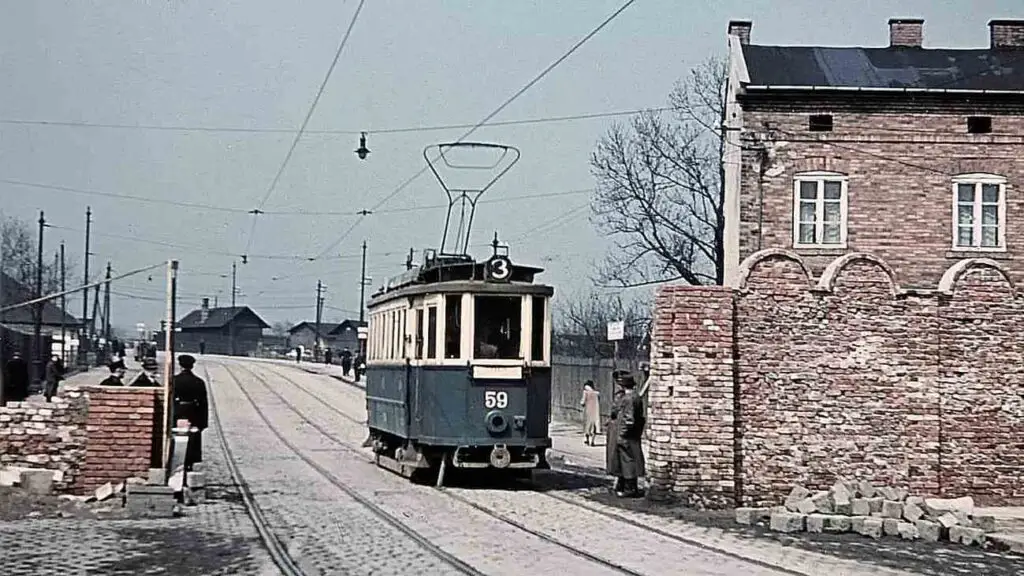
The brutal end of the Krakow ghetto began on March 13, 1943. Jews living in part A were marched to the Płaszów camp, while inhabitants of part B were taken to the Auschwitz camp in Oświęcim. Those who hid were killed on the spot, and in Płaszów, some people were shot for merely „not fitting” in the transport.
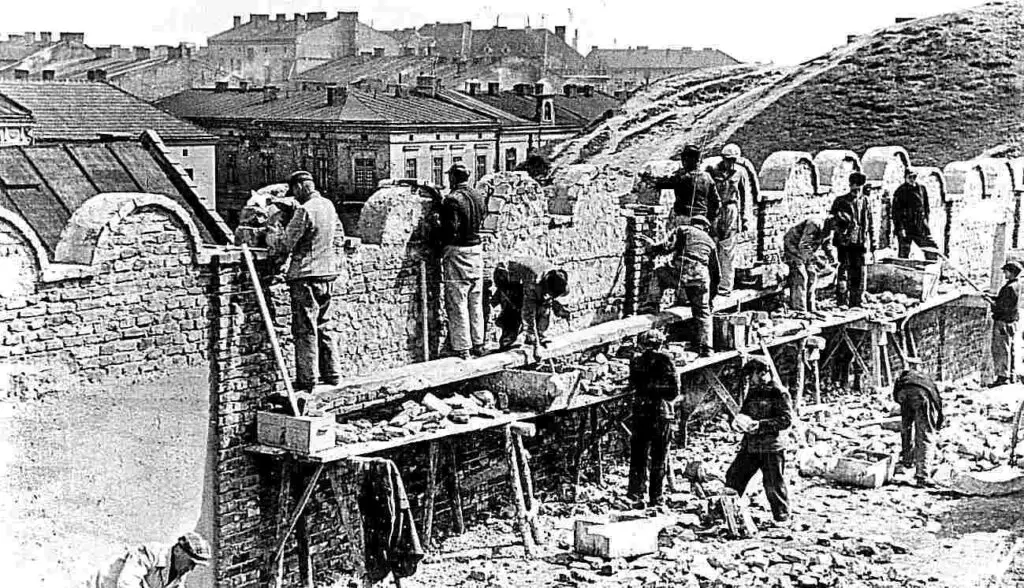
Remember, these walls are more than bricks and mortar. They bear the imprints of a dark history, but also remind us of resilience and the importance of never forgetting. If you ever visit Krakow, take the time to visit these remnants of the past and pay homage to the souls they represent.
References:
- https://pl.wikipedia.org/wiki/Getto_krakowskie


